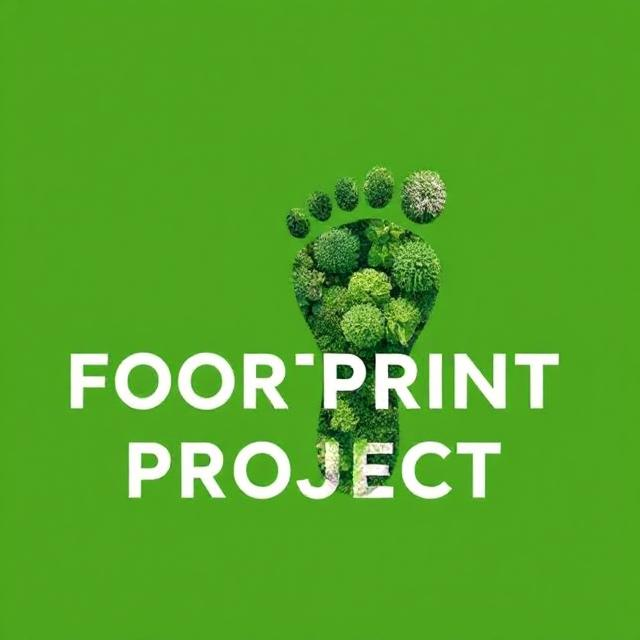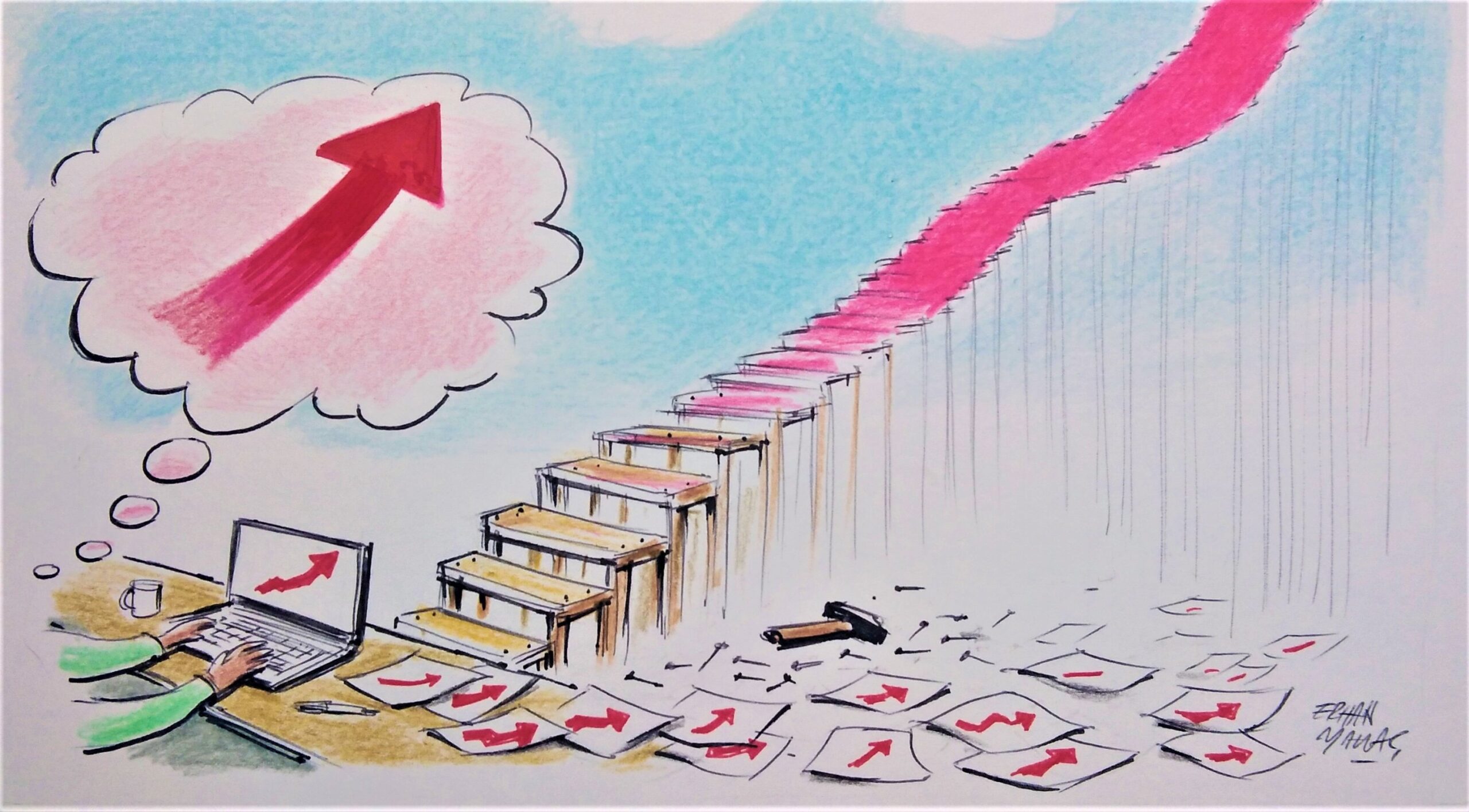Ok, I will deliver the article according to your specifications.
Snowy or Snowless: Which Winter Is Actually Better?
Imagine waking up to a world of pure white, the trees sparkling with ice crystals. Or imagine a gray, watery mess that never freezes. The debate over the best kind of winter—snowy or snowless—arises every year. While many people think of snow as beauty and fun, there’s also a reason for warmer winters. This article examines the pros and cons of both snowy and snowless winters, highlighting the real-world impact of each.
The Charm of a Snowy Winter
A fresh snowfall can transform any landscape into a breathtaking sight. And it’s not just for the beautiful landscapes. Snowy winters offer opportunities for recreation and activities that you might not otherwise have. Snow brings a sense of wonder and excitement.
Picture-Perfect Winter Wonderland
Snow has a unique way of changing the world around you. A dull scene becomes magical with a fresh layer of snow. The world becomes quiet and peaceful. Snowy landscapes make for great photography. Every snow-covered branch and frosted window pane offers a chance to capture a beautiful moment. Snow makes winter feel special.
Winter Sports and Recreation
Snow is the foundation of many popular winter activities. Skiing and snowboarding are prime examples. Snowshoeing is a way to explore the winter wilderness. Sledding and ice skating bring joy to people of all ages. These activities encourage winter tourism, which boosts local economies. A ski resort town depends on snow.
Psychological Benefits of Snow
Snow has a way of bringing back happy memories. Many people associate it with the holidays and childhood joy. The opportunity for outdoor activity and fresh air can boost your mood in the winter. A walk through a snow-covered park can be incredibly refreshing. It’s a nice break from being stuck inside.
Snow Challenges: A Cold Fact
Snow, while beautiful, also presents challenges. Safety on icy roads can be a concern. Winter storms can disrupt daily life. The costs associated with snow removal can really add up.
Security Hazards and Risks
Snow and ice create real safety issues. Car accidents increase in the winter. Slipping and falling on ice can lead to serious injuries. Shoveling snow can strain your back and heart. Hypothermia and frostbite are threats for those exposed to the cold for too long. It’s important to be careful in icy conditions.
Logistics and Economic Disruptions
Snowstorms can close schools and businesses. Transportation systems face delays and shutdowns. Supply chains are disrupted, affecting the delivery of goods. Snow removal and road maintenance are expensive burdens. All of this creates economic hardship for communities.
Environmental Impact of Snow Removal
Salt and chemicals used to melt snow can be harmful to the environment. Road salt pollutes water and harms plants. Alternatives to road salt are being explored to reduce environmental damage, including using sand or beet juice. The impact on the world must always be considered.
The Unexpected Advantages of a Snowless Winter
Snowless winters can be surprisingly enjoyable. They save money by reducing snow removal costs. Traveling is easier and safer without icy roads. There are more opportunities to enjoy the outdoors when the weather is mild.
Cost Savings and Reduced Maintenance
Without snow, there are fewer costs. Less need for snow removal equipment and personnel. Less wear and tear on cars and roads. Heating bills are lower in warmer weather. This means savings for both individuals and municipalities.
Easier Travel and Fewer Interruptions
Snow-free winters mean safer driving. No need for snow tires or chains. Less time shoveling and de-icing. Easier daily commutes. Reduces stress and saves time during the winter months.
Extended Outdoor Activities
A mild winter allows you to enjoy outdoor activities longer. Hiking and biking trails remain open. Gardening can begin earlier in the spring. This provides more opportunities to stay active and enjoy nature. There is more time to spend outdoors.
Adapting to Changing Winter Conditions
Climate change is changing winter weather patterns. Some areas are seeing less snow than before. Understanding these changes is crucial to preparing for the future. We must adapt to a changing climate.
The Impact of Climate Change on Snowfall
Climate change affects snowfall. Many regions are experiencing a decrease in snowfall. This can affect water resources and ecosystems. Reduced snow cover can lead to water shortages in summer. Climate change requires attention.
Preparing for Different Winter Scenarios
Planning is key to coping with winter weather. Prepare for winter storms with emergency kits. Develop strategies to manage water resources with less snow. Stay active and healthy no matter what winter brings. It’s always a good idea to be prepared.
Conclusion: Finding a Silver Lining in Every Season
Whether you prefer a snowy wonderland or a mild, snow-free season, each type of winter has its own advantages and disadvantages. A snowy winter offers beauty and opportunities for winter sports, while a snowless winter offers cost savings and easier travel. It’s impossible to say for sure which is better. Ultimately, the best approach is to appreciate the unique qualities of each winter. Embrace the season and find ways to enjoy it no matter how much snow falls.


